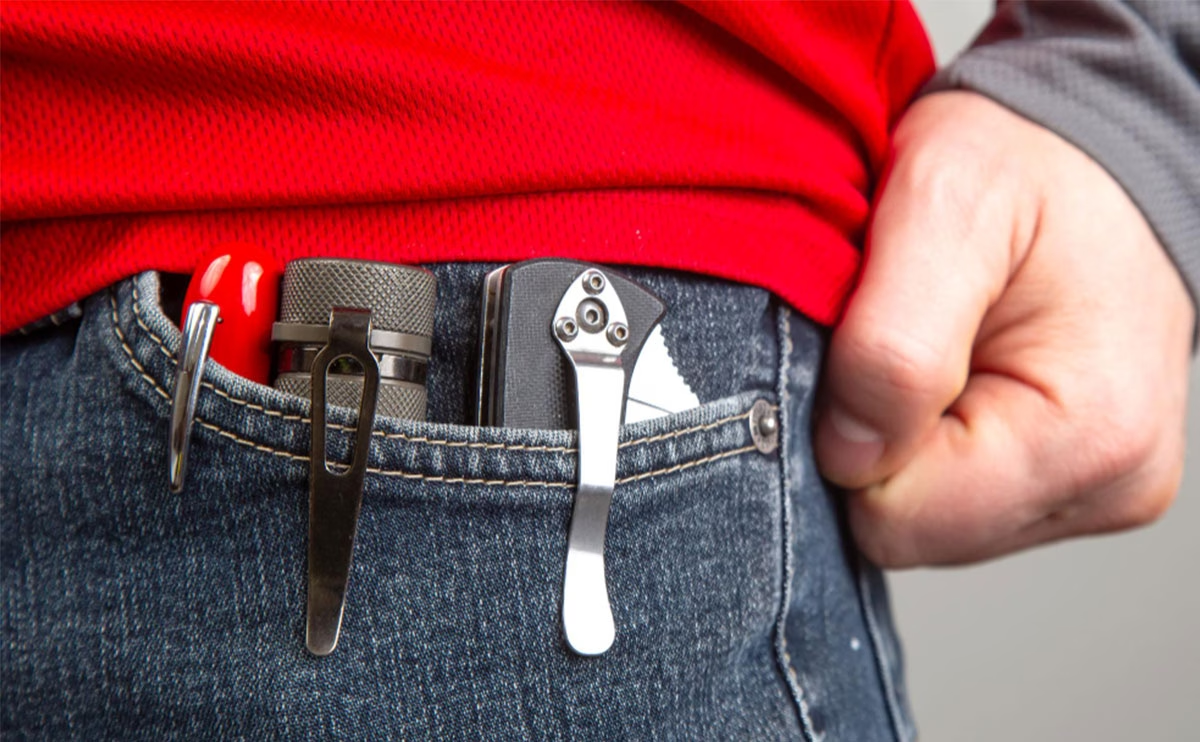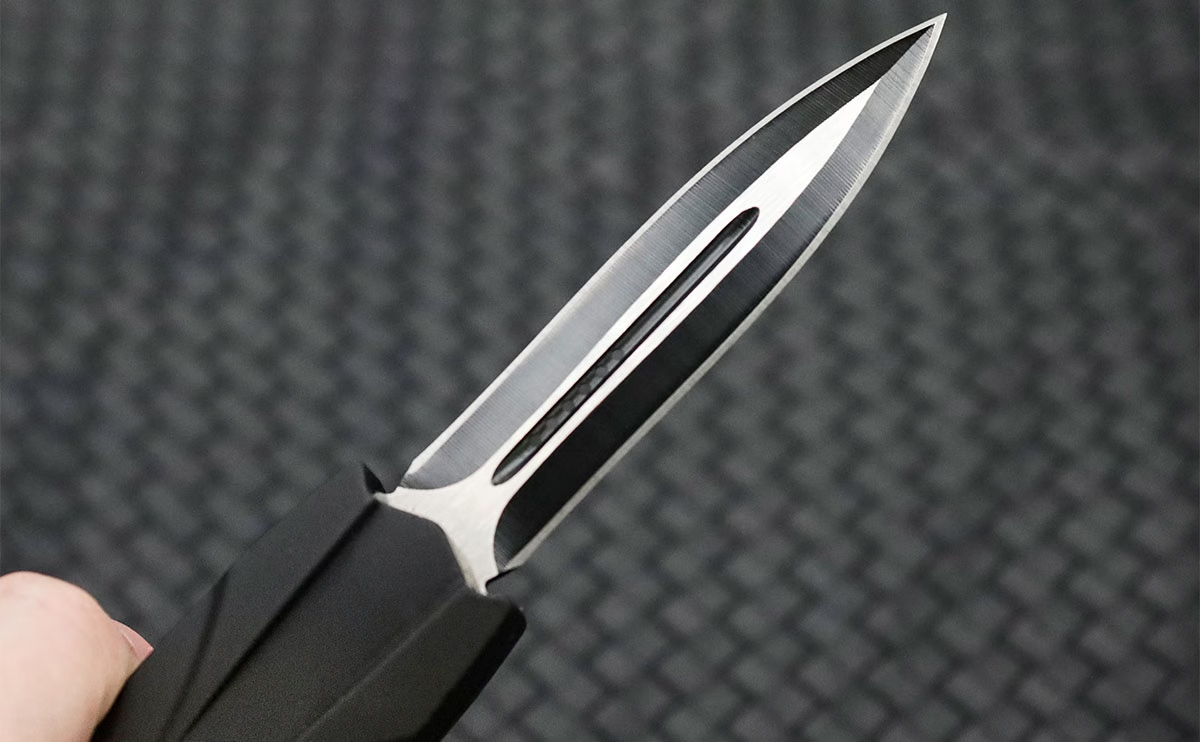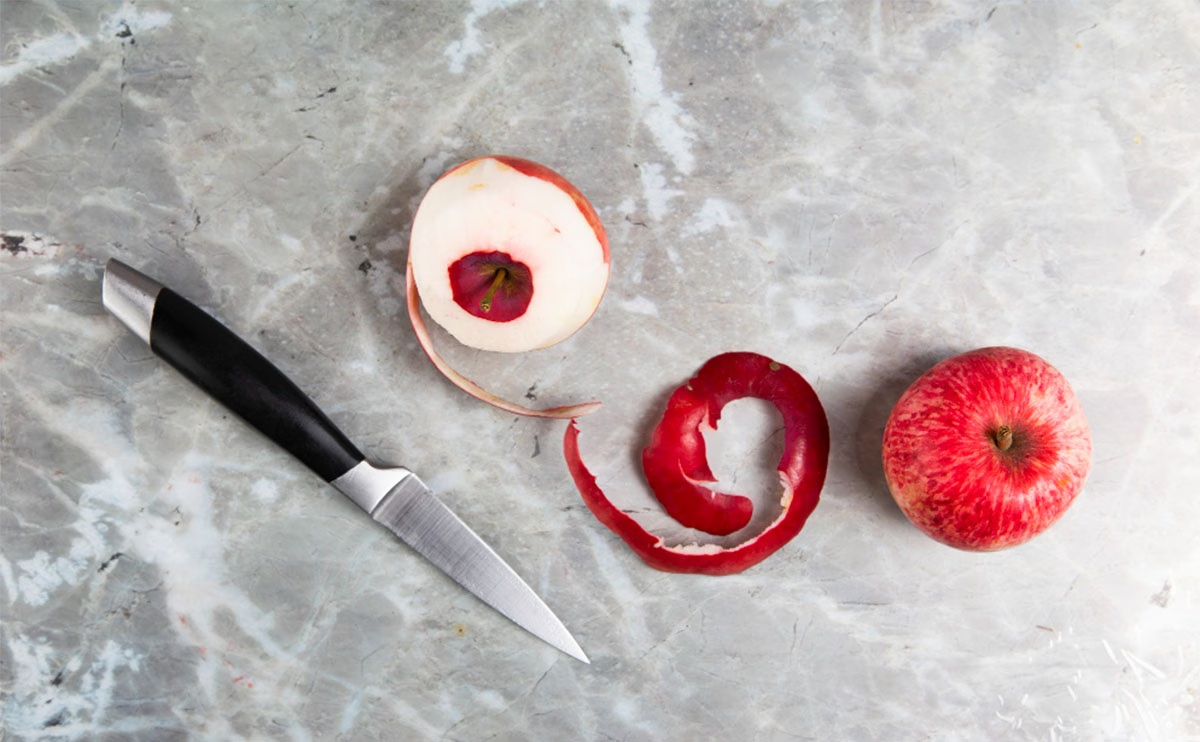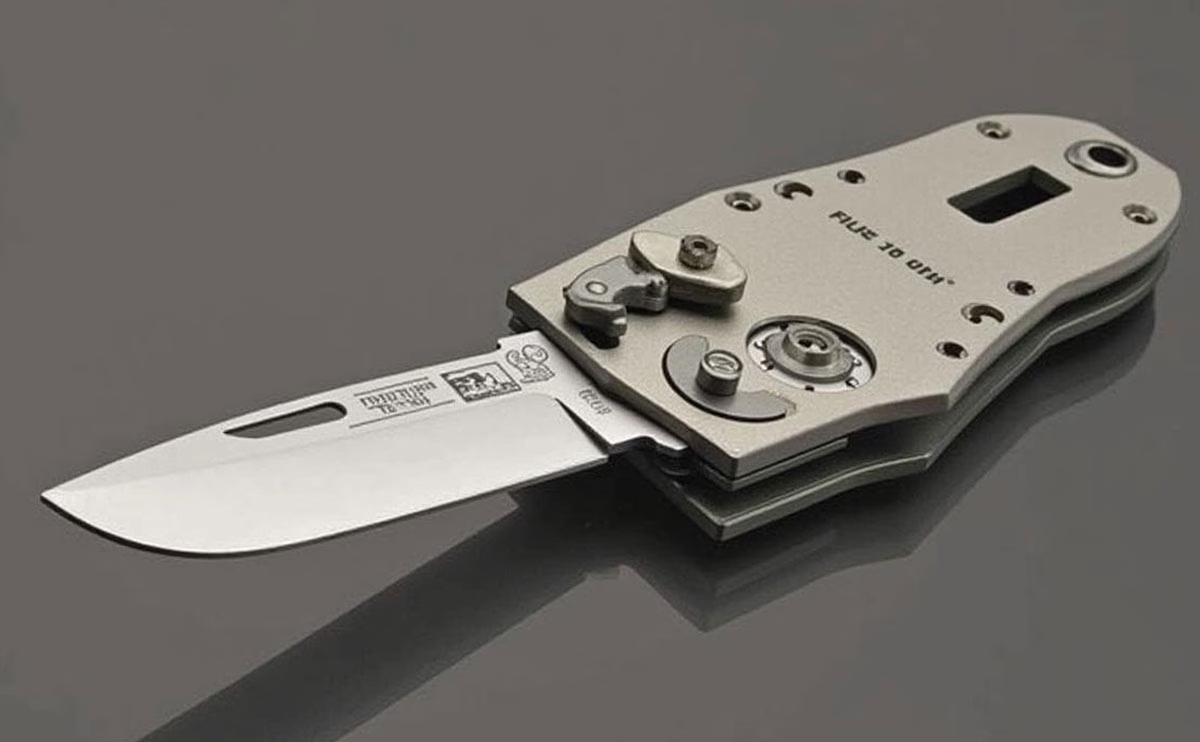Fixed Blade Knife 101: Benefits, Uses, and Tips
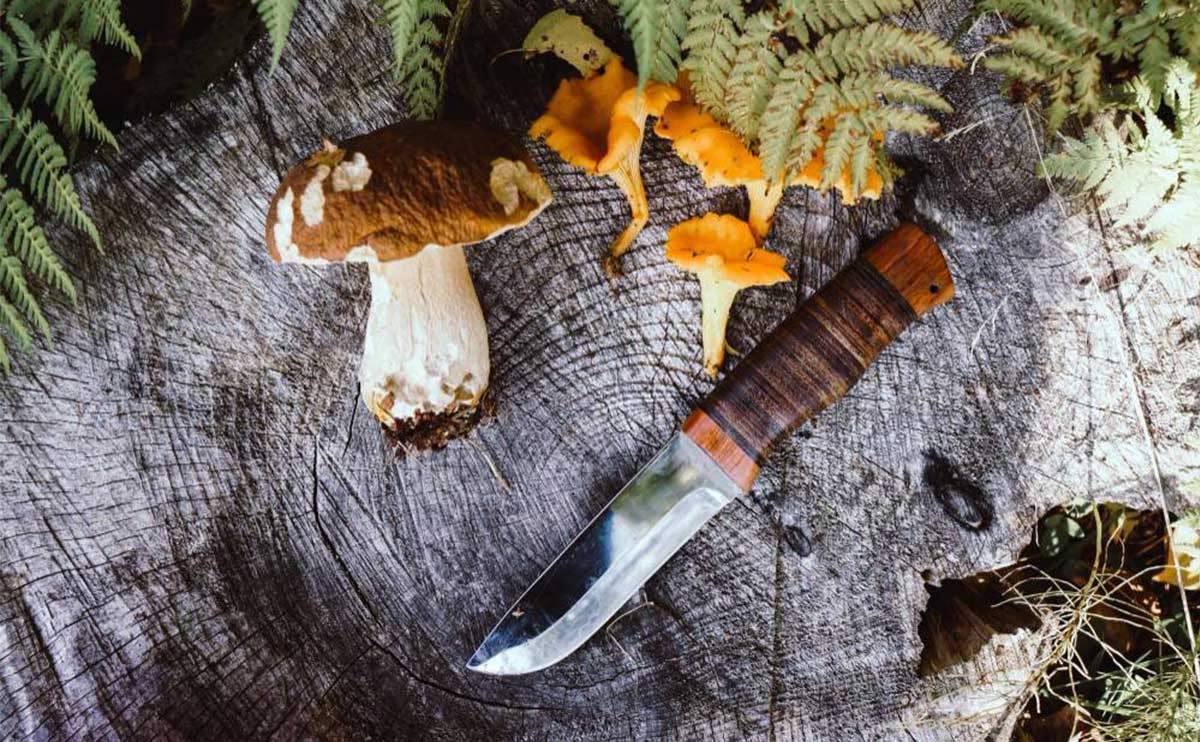
A fixed blade knife is essential for outdoor enthusiasts, survivalists, hunters, and professionals across various industries. Unlike folding knives, which can be compacted and stored in a pocket, a fixed blade knife features a blade that remains permanently attached to the handle. This design ensures enhanced durability, strength, and performance, making it an ideal choice for tasks that require precision and power.
In this comprehensive guide, we will explore the definition of a fixed-blade knife, its advantages, various uses, and factors to consider when choosing the perfect one for your needs. Whether you’re a seasoned adventurer or just beginning to explore the world of fixed-blade knives, this article will equip you with all the information you need to make an informed decision.
What Exactly Is a Fixed Blade Knife?
The history of the straight-handle knife traces back thousands of years, evolving alongside human civilization as a vital tool for survival and daily life. Early versions of the straight-handle knife were used by ancient cultures for tasks such as hunting, cutting, and combat. These early knives were crafted from materials like flint, bone, and, later, bronze and iron.
In ancient Egypt, Greece, and Rome, knives with straight handles were standard tools, often carried as personal items. The straight handle design offered better control and stability than curved handles, making it ideal for utility and combat applications. During the Middle Ages, straight-handle knives evolved into more specialized tools, including daggers and swords, used for defense and as status symbols.
As metallurgy advanced through the Renaissance and Industrial Revolution, straight-handle knives began to be mass-produced, with blades made from high-quality steel, leading to widespread availability. The straight-handle design became a standard for various types of knives, including those used for hunting, outdoor activities, and tactical purposes.
Today, the straight-handle knife is popular for its simplicity, durability, and effectiveness in various fields, including survival, military, and everyday carry (EDC). Due to its timeless functionality, its design remains largely unchanged from its early predecessors.
A fixed blade knife is a cutting tool with a blade that is securely attached to the handle without the ability to fold or collapse. The blade extends straight from the handle, providing a sturdy and robust cutting edge for various applications. This type of knife is typically used when strength, stability, and reliability are essential.
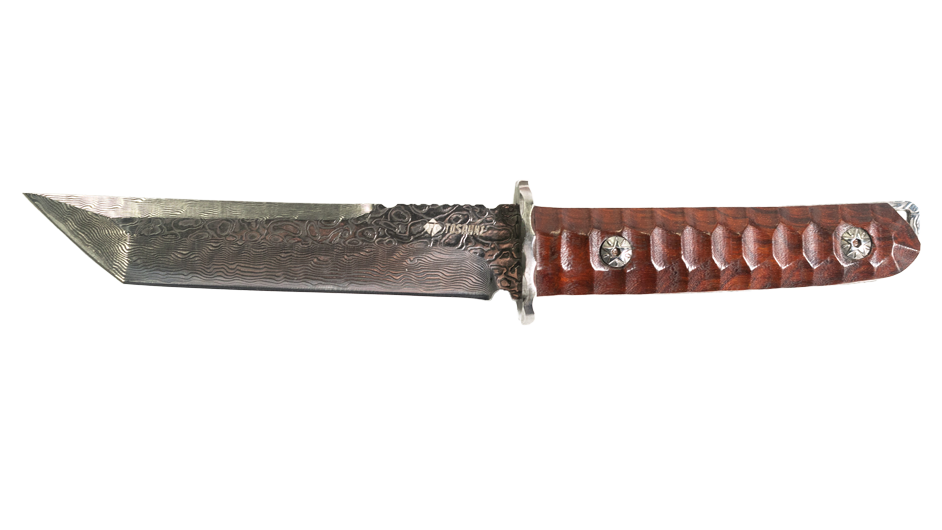
Key Features of a Fixed Blade Knife:
- Non-Folding Blade: As the name suggests, fixed-blade knives do not have any moving parts. The blade is a single piece of metal that extends from the handle, offering unmatched strength and precision.
- Sturdy Construction: Fixed-blade knives are often designed to withstand heavy-duty tasks, making them suitable for everything from hunting to tactical situations.
- Easy Maintenance: Since there are no folding mechanisms or intricate moving parts, fixed-blade knives are easier to clean and maintain compared to folding knives.
The Advantages of a Fixed Blade Knife
- Superior Durability and Strength
The primary advantage of a fixed-blade knife is its durability. Without hinges, springs, or other components that could weaken over time, the blade remains solid and dependable. This makes fixed-blade knives ideal for tough tasks such as chopping wood, cutting through rope, or skinning animals.
2. Enhanced Cutting Performance
Because the blade is rigid and does not fold, it can handle heavier tasks without risking failure. Fixed-blade knives also offer superior leverage, which allows users to apply more force when necessary, making them ideal for heavy-duty cutting tasks.
3. Easy to Maintain
The simplicity of fixed blade knives makes them much easier to maintain than folding knives. Fewer parts can get clogged with debris or require maintenance. Regular cleaning and sharpening are usually enough to keep the knife in top condition.
4. Versatile Use in Various Environments
From hunting to camping and even self-defense, a fixed blade knife can be used in nearly any environment. Its robust design makes it a preferred choice for many outdoor enthusiasts, survivalists, and law enforcement personnel.
Common Uses of Fixed Blade Knives
One of the most popular uses for a fixed-blade knife is hunting. Hunters rely on sharp, sturdy blades to process their catch, whether that involves skinning, gutting, or preparing meat. The fixed-blade design ensures the knife remains sharp and resilient during these tasks.
2. Survival and Emergency Situations
A fixed-blade knife is a cornerstone of any survival kit. In emergency situations, its ability to build shelter, create fire, and defend oneself is invaluable. Its strength and reliability make it an essential tool.
3. Tactical and Law Enforcement Applications
Military personnel, law enforcement, and tactical professionals often use fixed-blade knives. The knife’s solid construction makes it perfect for close combat situations and cutting through materials like seatbelts, rope, or fabric in emergency rescues.
4. Outdoor Recreation
A fixed-blade knife is a must-have tool for camping, hiking, and other outdoor adventures. Whether you’re preparing food, carving wood, or handling other rugged tasks, a fixed-blade knife ensures that you are ready for any challenge that comes your way.
5. Everyday Carry (EDC)
While folding knives are more commonly associated with everyday carry, many people opt for a smaller, fixed-blade knife for EDC purposes. With its reliability and simplicity, a compact fixed-blade knife can be an excellent tool for daily tasks like opening packages or cutting cords.
Choosing the Right Fixed Blade Knife
When selecting a fixed-blade knife, several factors should be considered to ensure you choose the best option. Here are some key features to keep in mind:
- Blade Material
The blade material is one of the most important aspects of a fixed blade knife. High-quality blade materials will ensure that your knife stays sharp for a long time and can withstand the demands of challenging tasks. Common materials include:
- Stainless Steel: Offers excellent corrosion resistance and is generally easier to maintain.
- Carbon Steel: Known for its superior edge retention and strength, but it can be prone to rust if not correctly maintained.
- Damascus Steel: Highly regarded for its beauty and strength, often used in custom or high-end knives.
- Blade Length
The length of the blade depends on the intended use. A blade length of 4 to 6 inches is often ideal for general tasks like food preparation or light outdoor work. A longer blade may be more appropriate for heavier tasks like chopping or self-defense.
2. Handle Design and Material
The handle should provide a comfortable grip, especially during strenuous tasks. Common materials for knife handles include:
- Wood: Offers a traditional look and feel but can be prone to wear over time.
- Plastic or Micarta: Provides a non-slip grip, even in wet conditions.
- G-10: A durable, non-slip material often used for tactical knives.
- Full Tang vs. Partial Tang
A full-tang knife’s blade extends all the way through the handle, providing superior strength and balance. Partial-tang knives, while lighter, may not offer the same level of durability and can be prone to breaking under pressure. For heavy-duty tasks, a full-tang fixed blade is highly recommended.
3. Blade Shape
The shape of the blade impacts its effectiveness for different tasks. Common blade shapes include:
- Drop Point: A versatile design for general tasks, including hunting and outdoor work.
- Tanto: Known for its strong tip, it is ideal for piercing and tactical applications.
- Clip Point: Offers precision and is excellent for tasks requiring a sharp point.
Caring for Your Fixed Blade Knife
Proper care and maintenance of your fixed-blade knife are crucial for ensuring its longevity and performance. Here are a few tips to keep in mind:
- Clean Regularly: After use, always clean the blade with warm, soapy water and dry it thoroughly to prevent rust.
- Sharpen the Blade: Regular sharpening will ensure your knife retains its cutting ability. Use a sharpening stone or seek professional sharpening services when necessary.
- Store Properly: Keep your fixed blade knife in a sheath when not in use to prevent accidental damage or injury.
Conclusion
A fixed-blade knife is a versatile and durable tool that has become indispensable for a wide range of activities, from outdoor recreation to tactical operations. With its robust construction, ease of maintenance, and superior cutting performance, a fixed-blade knife is an investment that can serve you well for many years.
By considering factors such as blade material, handle design, and intended use, you can select the perfect fixed-blade knife for your needs. Whether you’re hunting, camping, or preparing for emergencies, a fixed-blade knife is a tool you can rely on.

